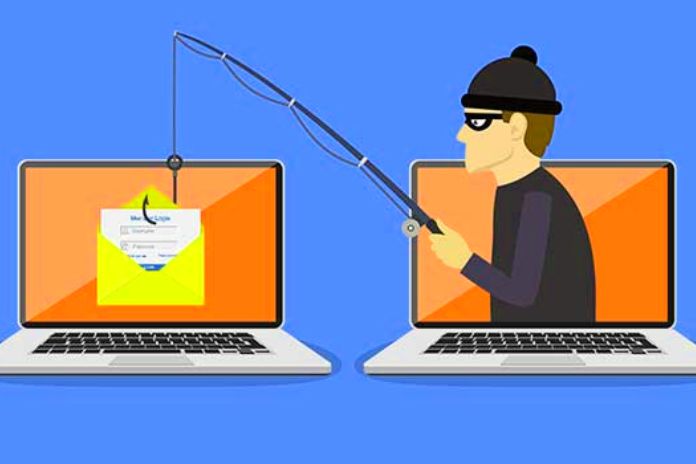Information security should be part of your company’s strategic planning, as it directly impacts the performance and maintenance of the business’s competitive edge.
Loss Of Confidentiality
Loss of confidentiality happens when someone without permission has access to information. For example: if a person discovers the password to access a system, allowing viewing of financial information. Or cases of email invasion or other personal information exchange environments.
Loss Of Integrity
When an unauthorized person accesses information and some data has been altered. For example, a signed contract has information filled in by hand and is changed by the person who accessed it without the consent or knowledge of the file’s owner.
In the year 2020, it is recommended that the date is always filled in total (2020) and not just the last two digits, as was done previously.
That’s because the number 20 represents the beginning of the decade, and a malicious person could end up completing it with another final year, altering the document’s integrity.
Loss Of Availability
This risk occurs when the person who needs and can access information is prevented from doing so. It happens, for example, in cases of invasion of computer systems.
The attacker can crash the system or encrypt files to prevent access by their owner. There are cases where a payment is requested to release a key (a kind of data hijacking).
Leading Causes Of Information Security Threats
But how can these threats happen? Where do they come from? That’s what we’re going to address now.
They are not always malicious people. Other factors can prevent access to a file or misplacing essential and strategic information about your company.
So, take care of the data. You cannot risk losing your business history. An alternative is to use systems that record information in the cloud.
Natural Factors
Natural factors include floods, fires, and other factors caused by nature. In this case, files and information are lost due to the catastrophe.
Hardware And Software Errors
Another common problem is errors in the equipment or systems used by the company. It happens when maintenance is not done correctly.
Your IT team must keep equipment and software up to date in terms of physical maintenance and upgrade issues. Do not use counterfeit programs; always be careful with what you install on machines.
Human Errors
Here, the human factor comes in. And it may not even be out of malice: the person can install something incorrectly, incorrectly import data, or accept an email with a virus, among others. Or, of course, doing something aware of the severity and risk of seeking and leaking information on purpose.
How To Ensure Information Security In 6 Steps
Surely you already understood that information security, in addition to protecting your business strategies, protects your company’s competitive edge. So, time to make internal changes to ensure data integrity, right?
We have separated below six tips on how to implement information security in your business, regardless of the size or sector in which you operate. Check out:
Establish An Information Security Policy
The security policy is a set of rules that everyone must adopt. It must include what can, what cannot, and the processes for specific accesses or requests, in addition to those responsible for each area. At this point, compliance rules, change management, and others can enter.
Have Reasonable Control And Asset Management
As we have seen, maintaining and controlling machinery and systems is essential to ensure information security.
Your IT team needs to have complete control over company assets, prevent unauthorized equipment connections and identify those needing system maintenance or upgrades.
IT must also be the sector responsible for releasing or not new equipment and allowing or not the download and installation of new software.
Establish A Password Policy
A password policy is essential to guarantee a minimum level of security in accessing emails, local networks, or systems.
An example of a password policy is to define that it has to count numbers, lowercase and uppercase letters, and a minimum of X characters.
Work With Risk Management
The risk will still exist even if you control everything and do everything right. So, have a contingency plan.
In the event of any invasion or loss of information, how should the company deal with the situation? What will be the measures to be taken? The purpose of the contingency is to minimize the effects of the problem and prevent further attacks.
Make An Access Control
Control access permissions, whether in systems or physical areas. If a visitor cannot enter the research, development, and innovation room, for example, prevent him from accessing it.
Count On A System For Automating IT Tasks
IT is an essential sector to assist in information security, even if it is not focused solely on computer systems. So, invest in systems that allow greater team productivity, automate routine tasks, and facilitate the identification of failures.
Also Read: Cybersecurity: The Importance Of Protecting Systems And Data

